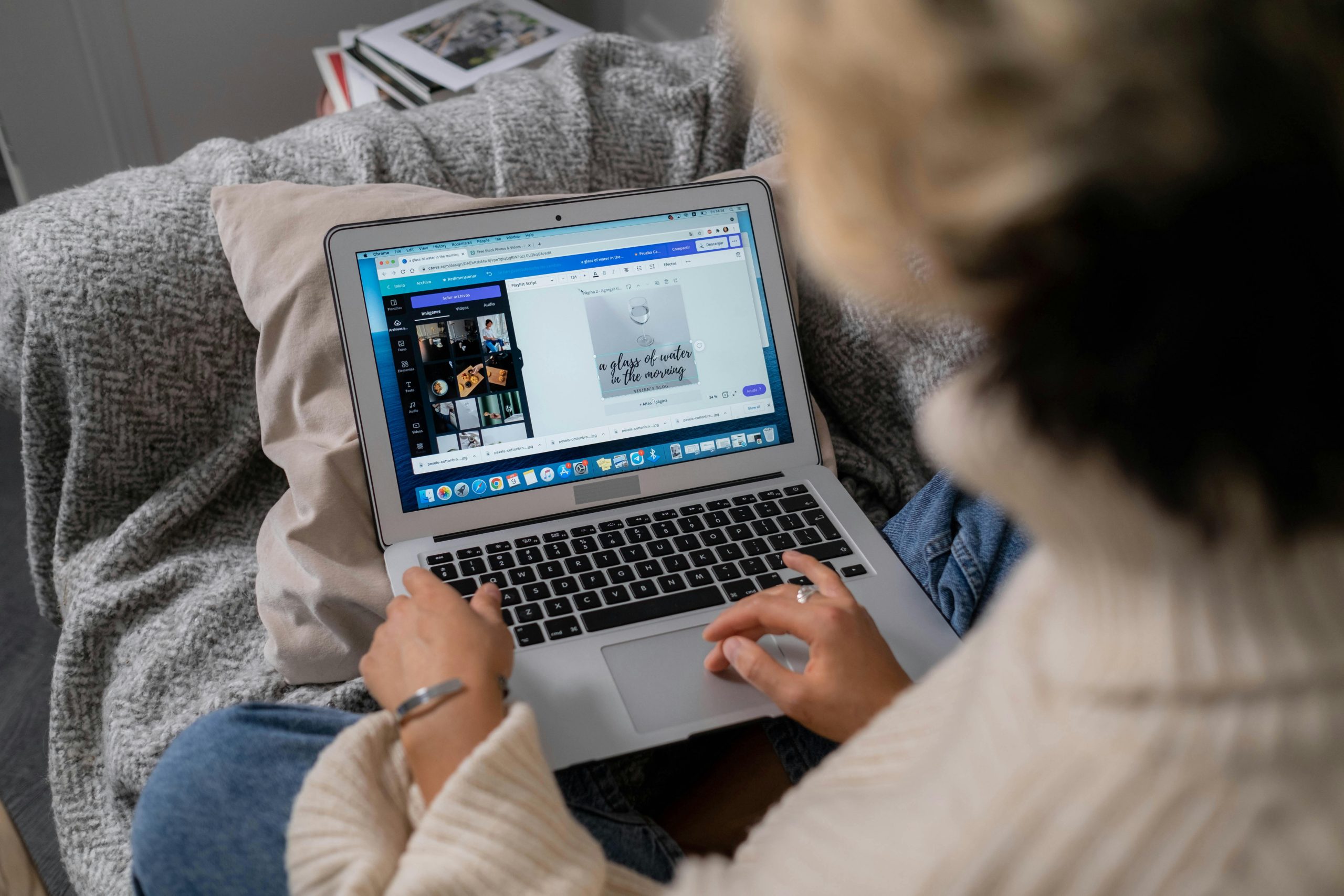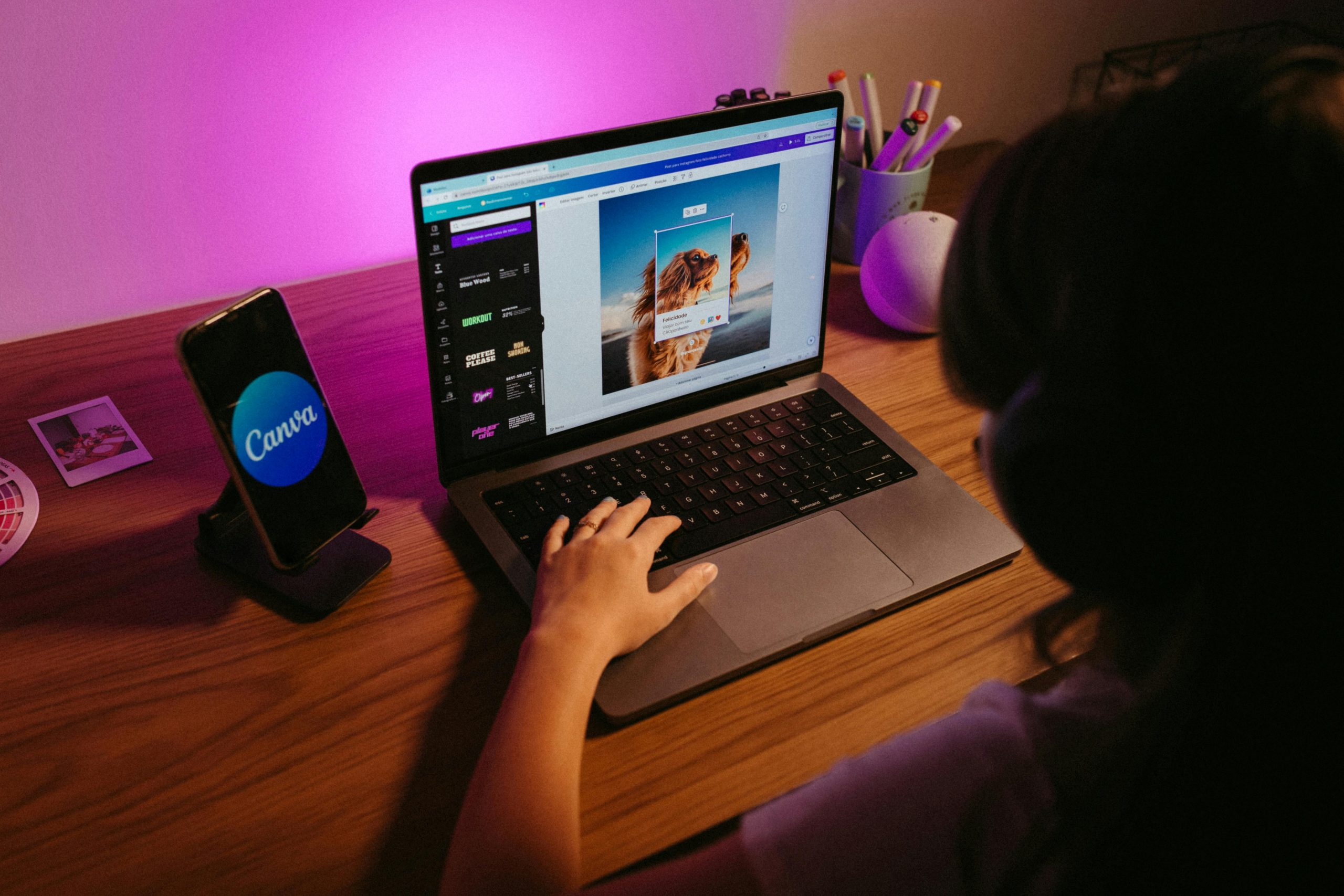In a world where visual content reigns supreme, Canva has emerged as a go-to platform for both seasoned designers and enthusiastic novices alike. With its user-friendly interface and vast library of templates, images, and graphics, it seems like the perfect solution for anyone looking to create eye-catching designs with ease. However, lurking behind that simple drag-and-drop experience lies a complex web of copyright regulations that could catch you off guard. As creators flock to Canva seeking inspiration and resources, one pressing question looms large: Is everything on Canva copyright free?
Before you hit download or share, it’s crucial to understand what rights you’re actually getting when using the platform’s extensive offerings. While many users assume that simply accessing an image on Canva means it’s fair game for personal or commercial use, the reality is often more nuanced. Join us as we unravel the intricacies of Canva’s licensing agreements, explore what you can legally use without fear of infringement, and equip yourself with the knowledge necessary to navigate this vibrant digital landscape responsibly.
What is Canva?
Table of Contents
Canva is a graphic design platform that democratizes creativity by providing an intuitive interface for users of all skill levels. With a plethora of templates, images, and design elements at your fingertips, Canva makes it easy to craft stunning visuals for social media, presentations, marketing materials, and more. Unlike traditional graphic design software that often requires extensive training or experience, Canva empowers anyone—from small business owners to educators—to bring their ideas to life with just a few clicks.
What sets Canva apart is its community-driven approach; millions of users contribute to the vast library of resources available on the platform. This collaborative spirit not only enhances creativity but also encourages diversity in design styles and perspectives. However, as you dive into this treasure trove of content, it’s crucial to understand the intricate landscape of copyright restrictions that accompany many designs and assets within Canva. By navigating these complexities wisely, you can harness the full potential of this powerful tool while ensuring that your creative endeavors stay compliant with copyright laws.

Types of Content Available on Canva
Canva offers a remarkable variety of content uniquely tailored to diverse creative needs, making it a playground for designers and marketers alike. From striking templates for social media posts to comprehensive presentations, Canva’s extensive library includes everything from infographics to flyers, each meticulously designed to capture attention. With its user-friendly interface, even those with limited design experience can leverage high-quality graphics and layouts that are visually engaging.
One standout feature is the availability of customizable elements—users can modify images, colors, and fonts within templates to fit their brand identity seamlessly. Furthermore, Canva Access extends beyond static designs; it includes animated graphics and video clips that enhance storytelling capabilities across digital platforms. The addition of audio tracks also allows users to craft compelling narratives for various multimedia projects. It’s worth noting that while much of this content is available under varying licensing options—some completely free—understanding these nuances is crucial for ensuring compliance with copyright laws when using or distributing your designs.
Copyright vs. Royalty-Free Explained
When navigating the complex world of digital content, understanding the differences between copyright and royalty-free licenses is essential for creatives. Copyright automatically grants creators exclusive rights to their original works, meaning that reproduction or distribution without permission can lead to legal ramifications. This system protects artists, ensuring they retain control over how their creations are used—an important aspect in an era rife with content sharing and remix culture.
In contrast, royalty-free imagery or assets allow users to employ creative works without paying royalties for each use. While many may equate royalty-free with copyright-free, it’s crucial to note that the original copyright holder still retains ownership; users simply gain a wider range of rights under specific licensing agreements. This distinction makes platforms like Canva valuable for designers seeking versatility while remaining compliant with copyright laws—each design element often comes bundled with its own set of rules regarding usage. Understanding this nuanced framework empowers creators not just to safeguard their work but also to effectively leverage existing resources in a way that fosters creativity and innovation without infringing on others’ rights.

License Types in Canva: A Breakdown
When navigating the vast landscape of Canva’s assets, understanding the different license types is crucial for ensuring your designs remain compliant with copyright laws. Generally, Canva offers two main license categories: Free and Pro. Free elements can be used without a fee; however, they come with restrictions on use in commercial projects. This means that while you can create visually appealing graphics for personal use or within community settings, monetizing these designs could land you in hot water if those assets are unintentionally misused.
On the other hand, Pro users have access to an extensive library of premium content under a more permissive licensing arrangement. Pro assets often allow for commercial usage without attribution requirements. Additionally, Canva’s one-off purchase option lets users buy individual elements or images to incorporate into their workflows without subscribing to a monthly fee. Understanding these nuances empowers creators to make informed decisions about which elements they choose for branding, marketing campaigns, or even selling products that feature their designs—ultimately enhancing both creativity and compliance within their projects.
User Responsibility and Content Attribution
User responsibility in the realm of digital design extends far beyond merely selecting visuals on a platform like Canva. While many assets may appear copyright-free, it is crucial for users to engage critically with the content they choose to incorporate into their projects. This means understanding not only the licensing terms but also recognizing that attribution requirements can vary significantly across different elements. Failing to credit original creators can lead to potential legal repercussions and ultimately undermine the very community that nurtures creativity.
Moreover, embracing a culture of content attribution fosters respect and appreciation for artists and designers worldwide. When users take a moment to acknowledge those behind the scenes—whether through credits or links—they create a cycle of support and inspiration within creative ecosystems. In this age where digital saturation often blurs ownership lines, championing accountability transforms how we collectively contribute to art and design. By making conscious choices about content use and providing proper recognition, designers can elevate their work while honoring diverse influences that shape their visual storytelling.

Common Misconceptions About Canva’s Usage
One prevalent misconception about Canva is that all its design elements are entirely copyright-free. While it’s true that many assets come with a license that allows for personal and commercial use, not everything on the platform is devoid of legal restrictions. Some elements, particularly premium or third-party items, may still be subject to specific licensing agreements. Users often overlook this nuance and assume any design can be freely used without repercussions, leading to potential legal issues down the line.
Another common myth revolves around the idea that using Canva guarantees uniqueness in designs. While the platform offers a plethora of templates and graphics, a significant number of users are drawn to similar features. This means your carefully crafted visuals might resemble those created by countless others, thanks to shared templates and stock images. To stand out in a sea of designs, it’s essential to invest time in customizing templates beyond mere color changes or font swaps—adding original content can make all the difference in maintaining brand integrity and originality.
Conclusion: Navigating Copyright on Canva
In conclusion, navigating copyright on Canva requires a keen understanding of the platform’s licensing agreements and intent behind content creation. While Canva offers an impressive library of images, templates, and elements that simplify design tasks, not all resources are created equal in terms of usability. Creators must read the fine print to discern whether they’re working with free items or those requiring attribution or a commercial license. Ignoring these nuances could lead to situations where creators unintentionally infringe copyrights.
Moreover, as the digital landscape evolves, so too does the responsibility of users to stay informed about copyright practices beyond just one platform. Engaging in open dialogue within creative communities can provide insights into best practices and emerging trends regarding shared artwork and collaboration rights. By fostering an environment where knowledge about intellectual property is prioritized, users can not only protect their own creations but also contribute positively to the eco-system that supports artistic expression online. Emphasizing ethical creativity not only enhances personal integrity but also cultivates a culture of respect among creators—an invaluable asset in our interconnected world.

